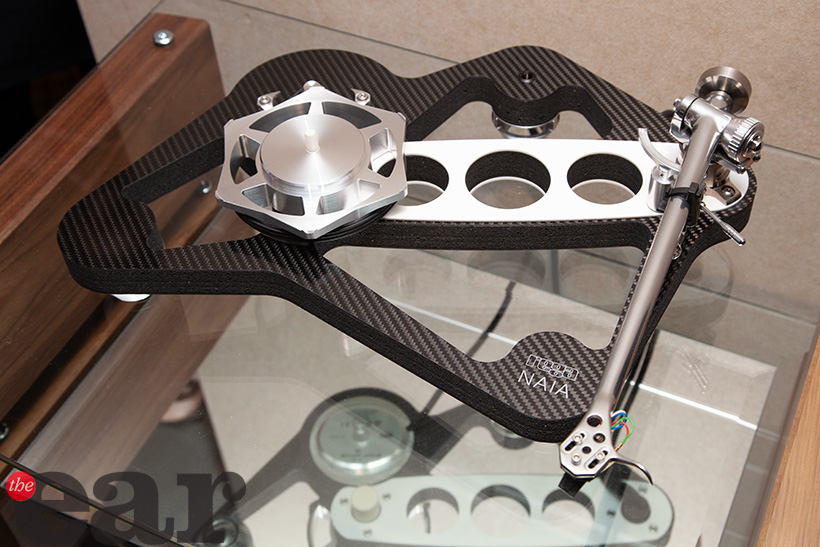Interesting. Another veil comes off in the marketing strategy.
If you deduct the cost of the arm (less a17% package discount as per the cartridges) the turntable only Naia would cost c.£5,900 with the corresponding figure for the P10 being c.£2,800, a difference of £3,100. Per the interview the ceramic bearing is a few (5?) hundred pounds so probably about £350 more than the cost of the P10's bearing. That leaves c.£2,750 for the different ceramic platter material /machining, the extra cost of carbon fibre sheet over phenolic resin, the sub platter, extra belt and feet. The power supply is the same as the P10 apparently. On this basis it doesn't appear to represent good value. On the other hand if it's sounds as good as a £30,000 Naiad it's a bargain.
In Paul Darwin's (futile) attempt to dampen down speculation (he's obviously not in the marketing strategy loop or maybe it's too subtle for me) he said the Naia would compete with comparatively priced turntables. RG obviously believes it is state of the art so competitive with anything. So never mind the Lp12 Selekt (Sacked) bring on the Klimax (Defunkt)?


